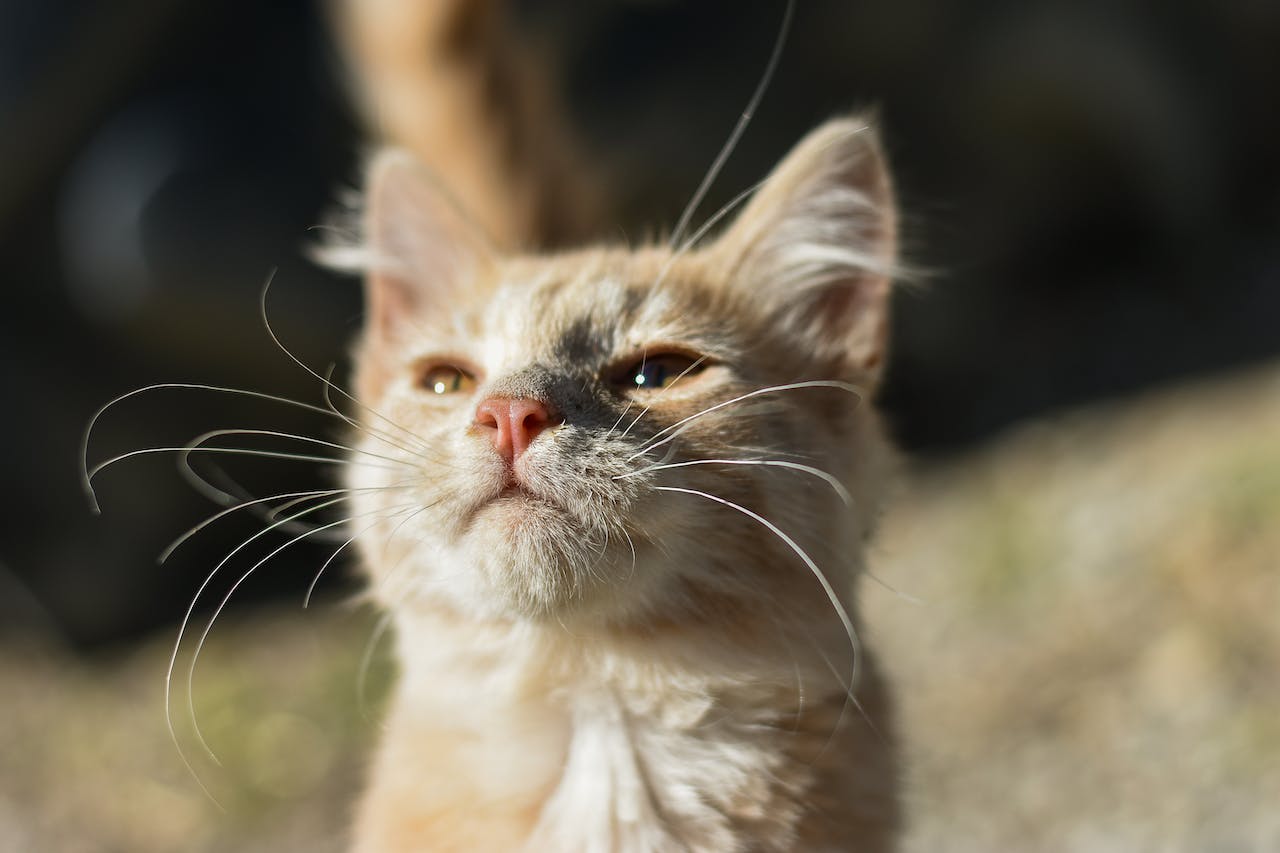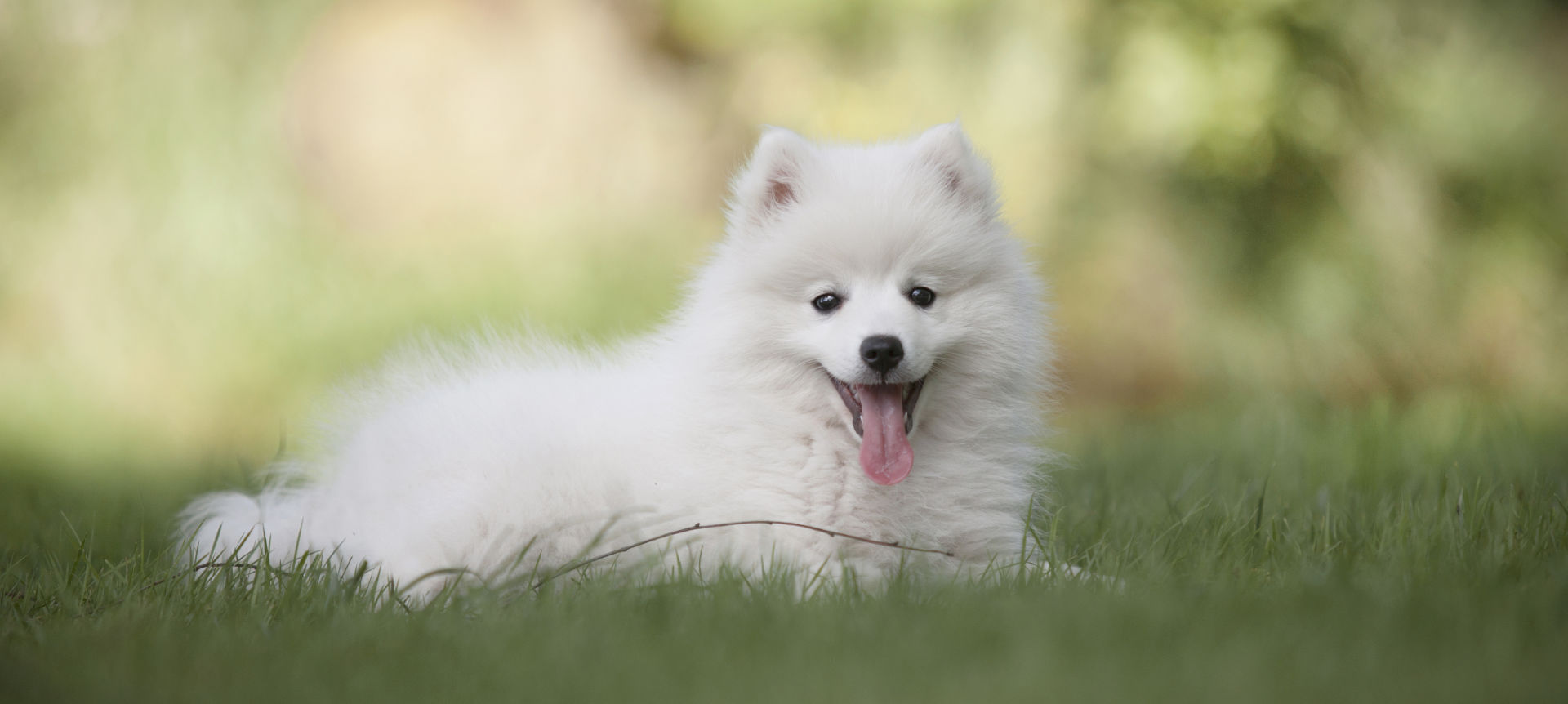
29 Dec Crown Placement in Veterinary Dentistry: Enhancing Oral Health
In the realm of veterinary dentistry, the importance of dental care for our four-legged companions cannot be overstated. Dental issues can significantly impact an animal’s overall health and well-being. One crucial aspect of veterinary dentistry is crown placement—a procedure that plays a vital role in preserving and restoring the functionality of damaged teeth. In this blog post, we will delve into what dental crown placement in veterinary dentistry is, the process, & the benefits it brings to the oral health of our beloved pets.
Understanding Dental Crowns in Veterinary Dentistry
A dental crown, in the context of veterinary dentistry, is a prosthetic cap designed to cover a damaged or compromised tooth. Similar to human dentistry, crowns for animals serve to protect and reinforce teeth that have undergone procedures like root canal therapy, extensive decay removal, or fractures. These custom-made caps are fabricated from various materials, including metal alloys, ceramics, and composite resins, each chosen based on factors like the tooth’s location, the size of the pet, and the specific dental needs.
The Crown Placement Process
The process of crown placement in veterinary dentistry involves several crucial steps, ensuring the precise fit and functionality of the prosthetic. Here’s a breakdown of the typical procedure:
- Dental Examination: Before crown placement, a thorough dental examination is conducted to assess the overall oral health of the animal. X-rays and CT imaging may be taken to identify any underlying issues not visible to the naked eye.
- Tooth Preparation: If the tooth requires prior treatment, such as root canal therapy or extensive decay removal, it is addressed before crown placement. This step is essential to ensure that the tooth’s structure is sound and can adequately support the crown.
- Impression Taking: An impression of the prepared tooth is then taken. This is typically done using dental putty or digital scanning technology, allowing for the creation of a precise replica of the tooth’s shape and size.
- Crown Fabrication: The impression is sent to a dental laboratory where the crown is custom-made for the specific tooth. The choice of materials, such as metal alloys for durability or ceramics for a natural appearance, is determined based on the veterinarian’s recommendations and the pet owner’s preferences.
- Fitting and Adjustments: Once the crown is ready, it is fitted onto the prepared tooth. The veterinarian ensures that the crown aligns perfectly with the surrounding teeth and makes any necessary adjustments for a comfortable fit.
- Cementation: After satisfactory fitting, the crown is cemented into place using veterinary dental adhesives. This secures the crown to the tooth, providing stability and longevity.
Benefits of Crown Placement in Veterinary Dentistry
- Preservation of Tooth Structure: Dental crowns play a crucial role in preserving the structure of damaged teeth. By covering and protecting the compromised tooth, crowns prevent further deterioration and potential tooth loss, allowing pets to maintain a functional and healthy dentition.
- Restoration of Functionality: When a tooth undergoes extensive dental procedures, such as root canal therapy, its structural integrity may be compromised. Crowns restore the functionality of such teeth, enabling pets to chew and eat comfortably without the pain or discomfort associated with dental issues.
- Prevention of Further Complications: Left untreated, damaged teeth can lead to a cascade of oral health problems, including infections, abscesses, and gum disease. Crown placement acts as a preventive measure, reducing the risk of secondary complications and promoting long-term oral health.
- Improved Aesthetics: Dental crowns can also contribute to the aesthetic aspect of a pet’s smile. While aesthetics may not be the primary concern in veterinary dentistry, the natural appearance of well-crafted crowns can enhance the overall visual appeal of a pet’s teeth.
- Enhanced Quality of Life: Animals with dental issues often experience pain and discomfort, leading to a diminished quality of life. Crown placement can alleviate this discomfort, allowing pets to enjoy their meals, play, and interact with their owners without the hindrance of oral pain.
Veterinary Dentist in Milwaukee
In veterinary dentistry crown placement is as a valuable tool in preserving, restoring, and enhancing the oral health of our cherished animal companions. As pet owners it is essential to prioritize regular dental check-ups and address dental issues promptly to ensure the overall well being of our pets. With advancements in veterinary dentistry and the availability of procedures like crown placement, we can contribute to the longevity and happiness of our pets by providing them with the oral care they deserve.
Photo by Julissa Helmoth from Pexels


